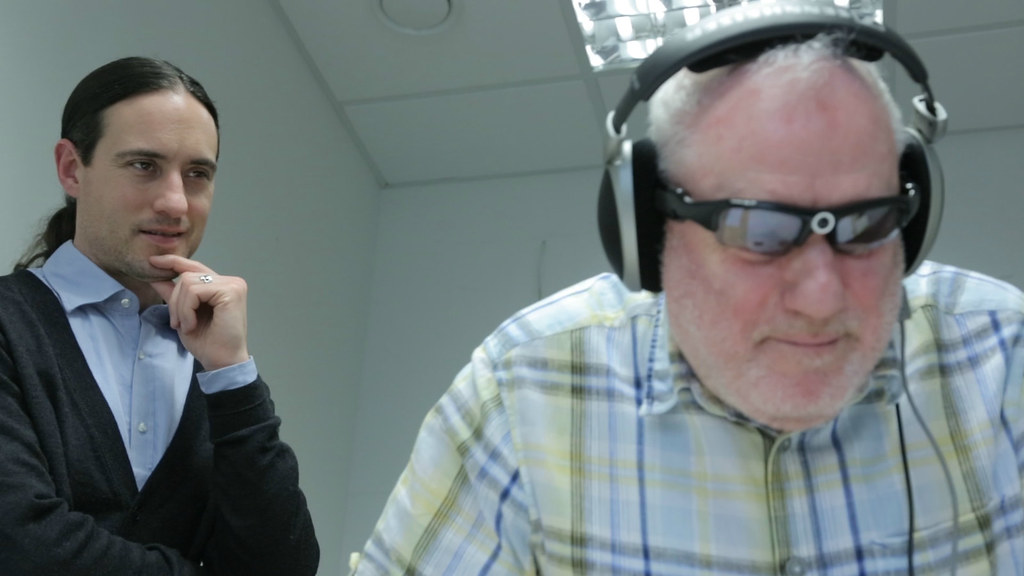The researchers found that people who lose their sight later in life use a different method of following directions to those who are born without sight.
This means that the brain needs to have a visual experience early on in life in order to build a visual perspective, or frame of reference, to know what is where.
The researchers carried out a study with participants including those who were congenitally blind; those who became blind later in life; and others who were sighted, to learn which methods the different groups used to remember where things are.
The study revealed that people who have been sighted and then become blind use a ‘allocentric’ reference frame, meaning they remember locations as they are positioned relative to one another, and this is the same as sighted people who do this task, even when blindfolded.
In contrast congenitally blind participants preferred an 'egocentric' reference frame meaning they first remember a starting point at home and then store a memory of the locations from the home location.
Dr Michael Proulx who led the study said the results help us to understand more about the role of a critical period for developmental vision on spatial cognition and brain organisation.
He said: "In our study we were curious as to whether having visual experience during child development was key to creating the structures in the brain to support such an allocentric reference frame. First we found an interesting difference between the congenitally blind and sighted people: although the sighted people preferred the allocentric, reference frame, the congenitally blind participants preferred the self-centred or egocentric reference frame for remembering locations.
"The important piece of the puzzle, however, was whether the late blind people would perform like the congenitally blind, showing that current visual experience matters, or like the sighted, showing the role of early visual experience. The results were clear: the late blind performed the same as the sighted participants. Therefore having the experience of vision early in life lays the groundwork in the brain for the representation of locations in a different reference frame than that found in people who never had visual experience."
All of the participants of the study were blindfolded and then walked to the locations of objects in a large room. They were later tested on a computer with a virtual pointing task that asked them to remember objects in the room relative to the other object locations.
Dr Proulx and his colleagues are following up this finding with additional research to investigate how additional information, such as the texture or sound of the environment, might influence the frame of reference used.
This would allow for improved maps rendered in Braille or sound to be produced for visually impaired persons to use in public places, such as rail stations, or in new cities.
They are also examining the impact of visual experience on the neural basis for spatial learning and memory by examining how the congenitally blind and late blind brains represent spatial information in the absence of vision.
The full paper, Visual experience facilitates allocentric spatial representation is published in the journal Behavioural Brain Research.

